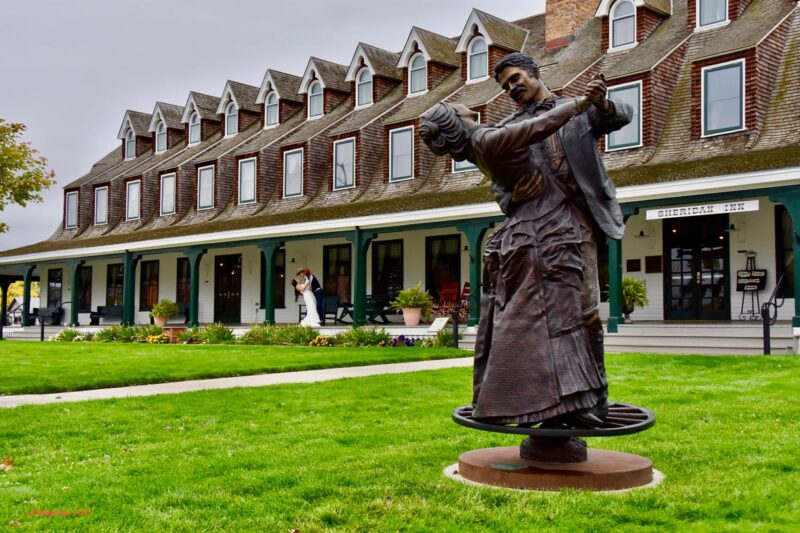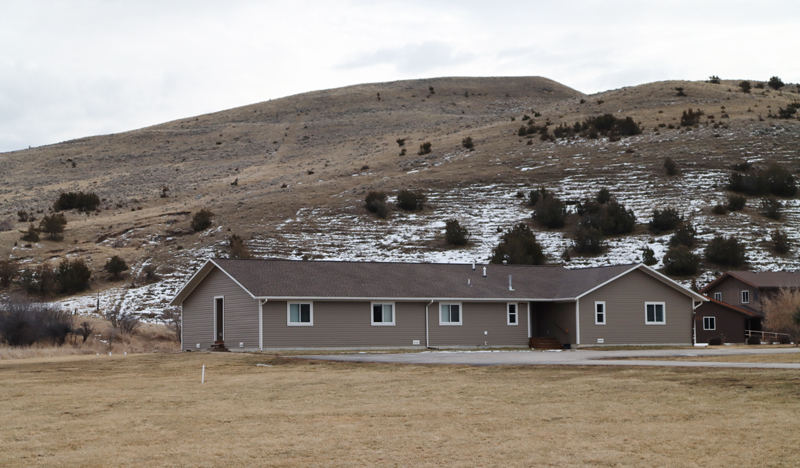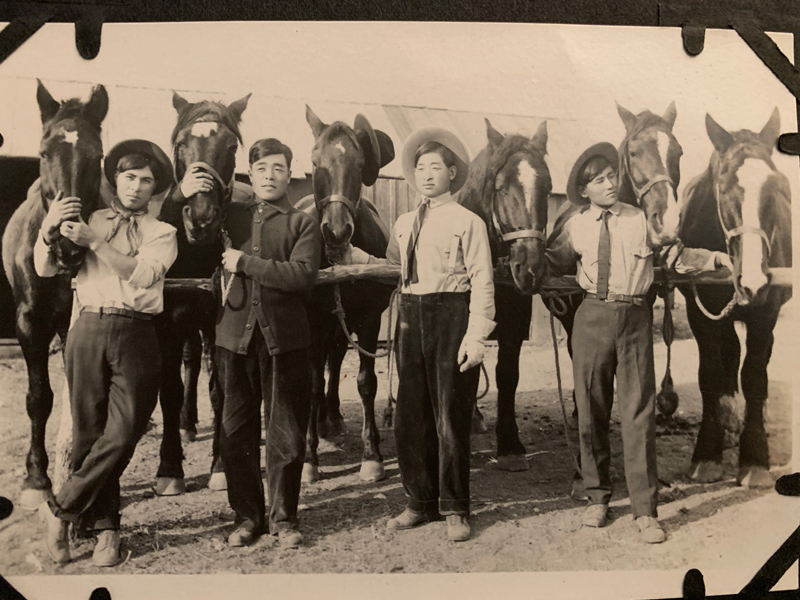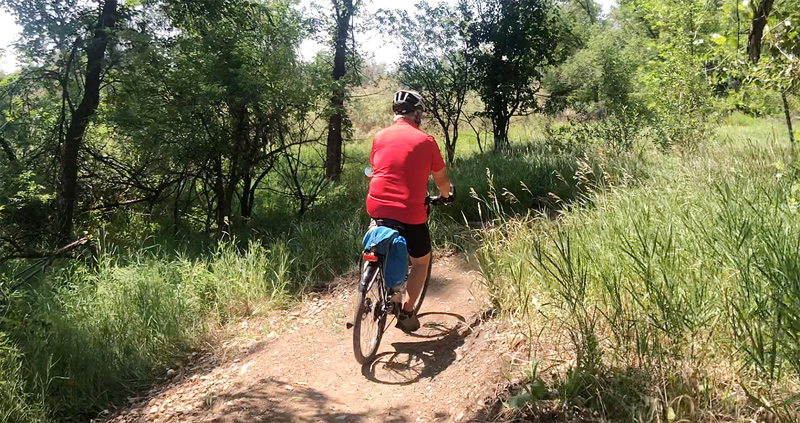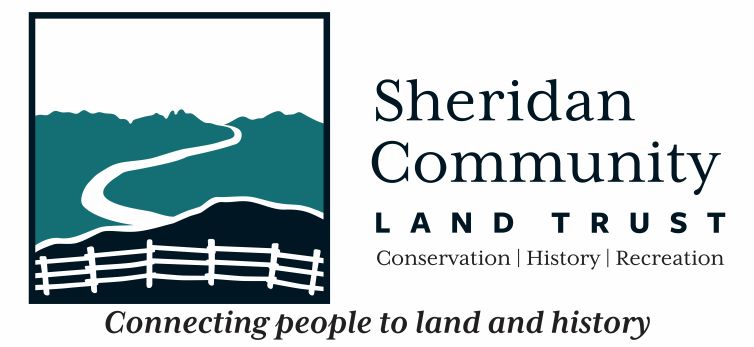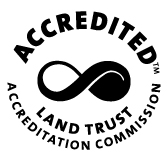Ideas, opportunities abound for preserving history in new “Historic Tools” report commissioned by Sheridan Community Land Trust
A new report has ideas and opportunities for people working to preserve history in Wyoming and beyond, whether they are folks who own a historic building or people serving on any number of public and private board, organizations, and nonprofits.
“Preservation Tools for Wyoming,” a report commissioned by Sheridan Community Land Trust, funded by the 1772 Foundation, and prepared by Hanbury Preservation Consulting, seeks to synthesize nationwide trends in historic preservation to serve as inspiration and a guidepost for anyone involved in preserving history.
“How do you not lose your local history?” relayed Carrie Edinger, SCLT Historical Program Manager, who has spent much of her time extracting historical preservation from the traditional “brick-and-mortar” view to find innovative ways to keep Sheridan County history alive.
“Not everything historical has a building, so we have to ask how to keep local history alive?” she reasoned, adding that it is especially true in a place like Sheridan County where the open spaces at many locations are sites significant to preserving the history of Plains Indian Tribes.
Traditional historic preservation easements, which often have strict parameters for certain architectural features, often aren’t viable in many situations. The report details how “Heritage Areas” can be created to preserve open spaces with historical and cultural significance.
“If we don’t include sites, we’re missing a lot of regional tribal heritage on our land,” she noted.
The report also highlights public outreach through technology to preserve history where traditional preservation isn’t possible. Edinger said programs like SCLT’s Explore History and tours like the Black Diamond Trail driving and virtual tour opportunities to shine a light on places like Sheridan County’s former coal-mining communities that may no longer exist at their sites but live on vividly in the stories and experiences of their former residents and the families of those former residents.
Though Edinger was pleased to see some of the ways SCLT has sought to preserve local history included in the report, she stressed that the report was compiled for everyone working in the historic preservation space.
“This report wasn’t made for SCLT, it was made for everyone interested in history and efforts to preserve history. It’s there to read and apply to projects you and your group may be working on,” she stated.
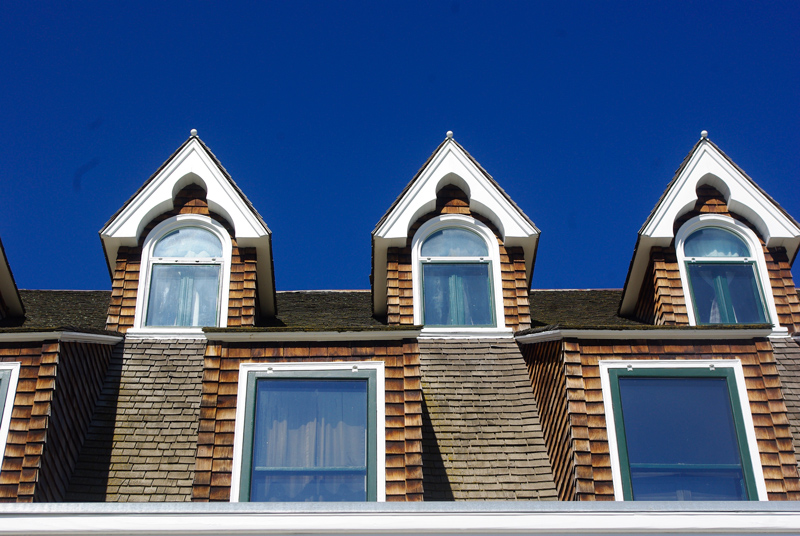
Preserved features at the Sheridan Inn
SCLT holds a historic preservation easement which ensures important features of the Sheridan Inn remain intact.
For historic property owners
Edinger said historic properties owners often don’t become aware of their options until it’s too late to restore the site. The report includes strategies property owners can potentially utilize, including how to properly care for a historic property while preparing to restore or preserve it. The report also highlights potential sources of funds that may help owners preserve or restore their properties.
For public and private history groups
The report includes many preservation opportunities that can help steer groups like Certified Local Governments (CLGs), historical preservation commissions, historical societies, and other nonprofits.
For people who are interested in local history
Edinger said she has seen first-hand the interest and passion people have for preserving local history. Even if people can’t become involved in a dedicated historic preservation group or own a historic property, she said they can be involved by attending programs about local history, writing letters of support for potential projects, and even volunteering when an opportunity arises.
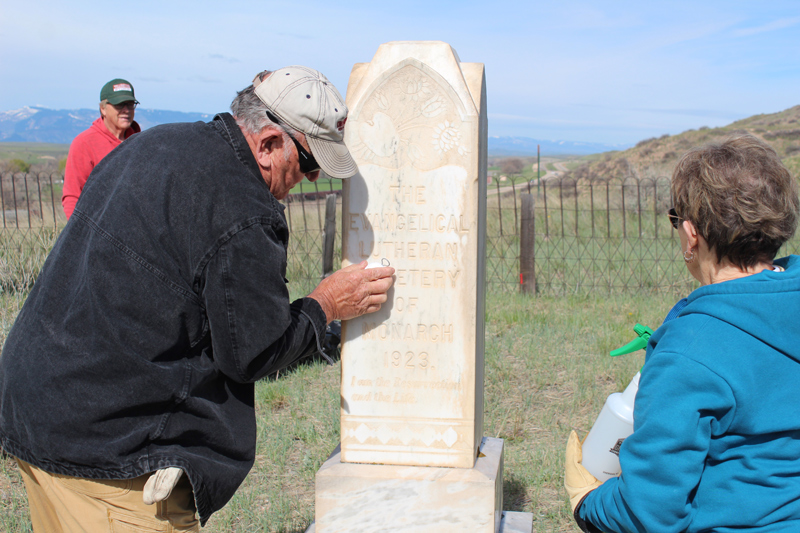
Preserving the Monarch Lutheran Cemetery
Volunteers provided TLC and helped document gravesites at the Monarch Lutheran Cemetery along the Tongue River. Thanks to additional volunteer help, maps and documents identifyng people whose identities could be reasonably established were provided to the Wyoming Room for use by historians and families.
For example, she cited the two-dozen people who helped provide cleaning and maintenance at the Historic Monarch Lutheran Cemetery this spring. While there, volunteers documented and mapped as many gravesites as they could. That documentation was later combined with in-depth, volunteer-led led research to reasonably identify the people who are buried in the cemetery. SCLT has given maps, identifying records and historical documents to the Wyoming Room at the Sheridan Fulmer Public Library for use by scholars and families for perpetuity.
While the work isn’t complete, Edinger said she hopes the new report will help people around Wyoming and beyond develop new ways to preserve history that is important to their communities. “This report can help people do what’s most important: preserve and tell the stories of our past today so they aren’t forgotten tomorrow.”

